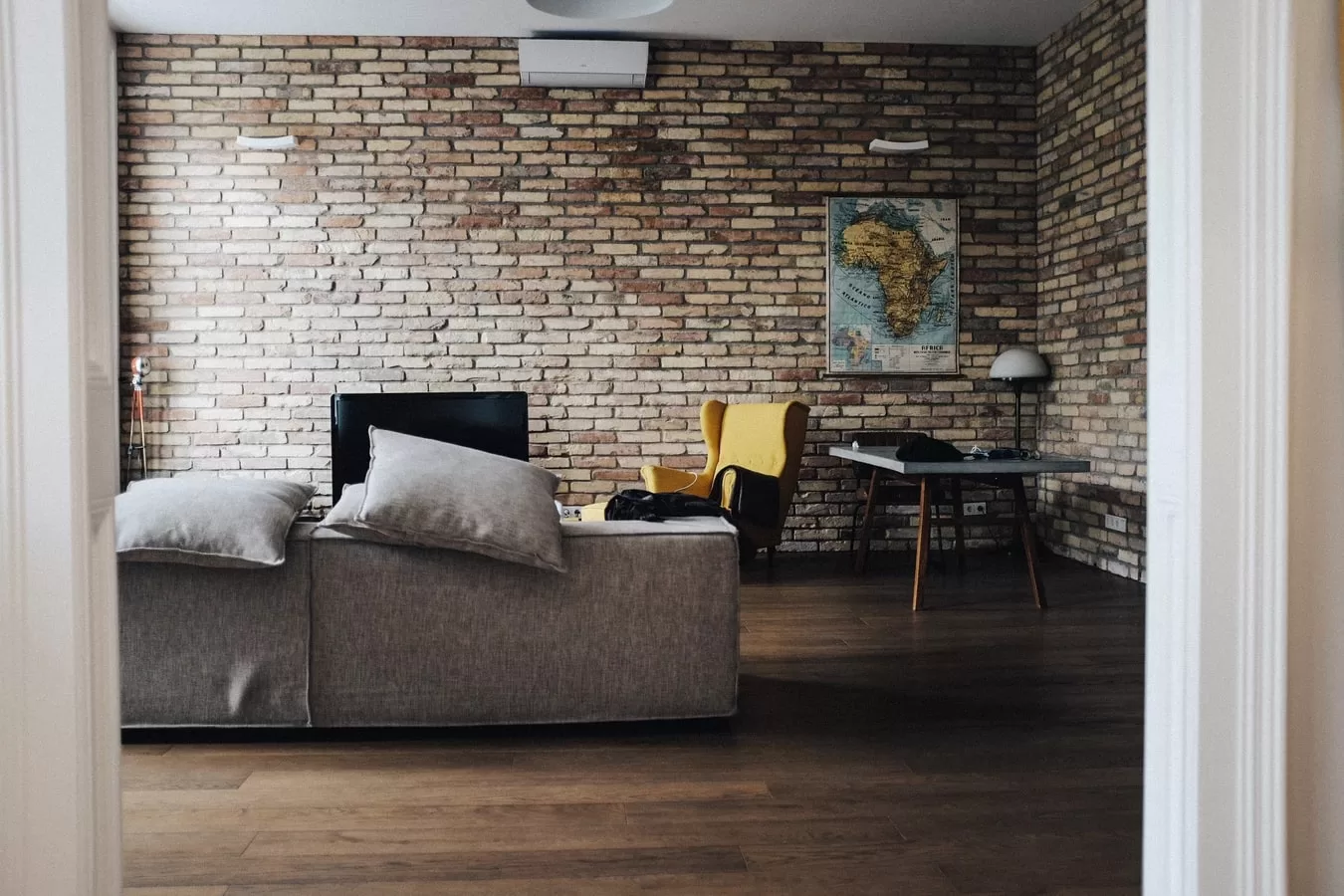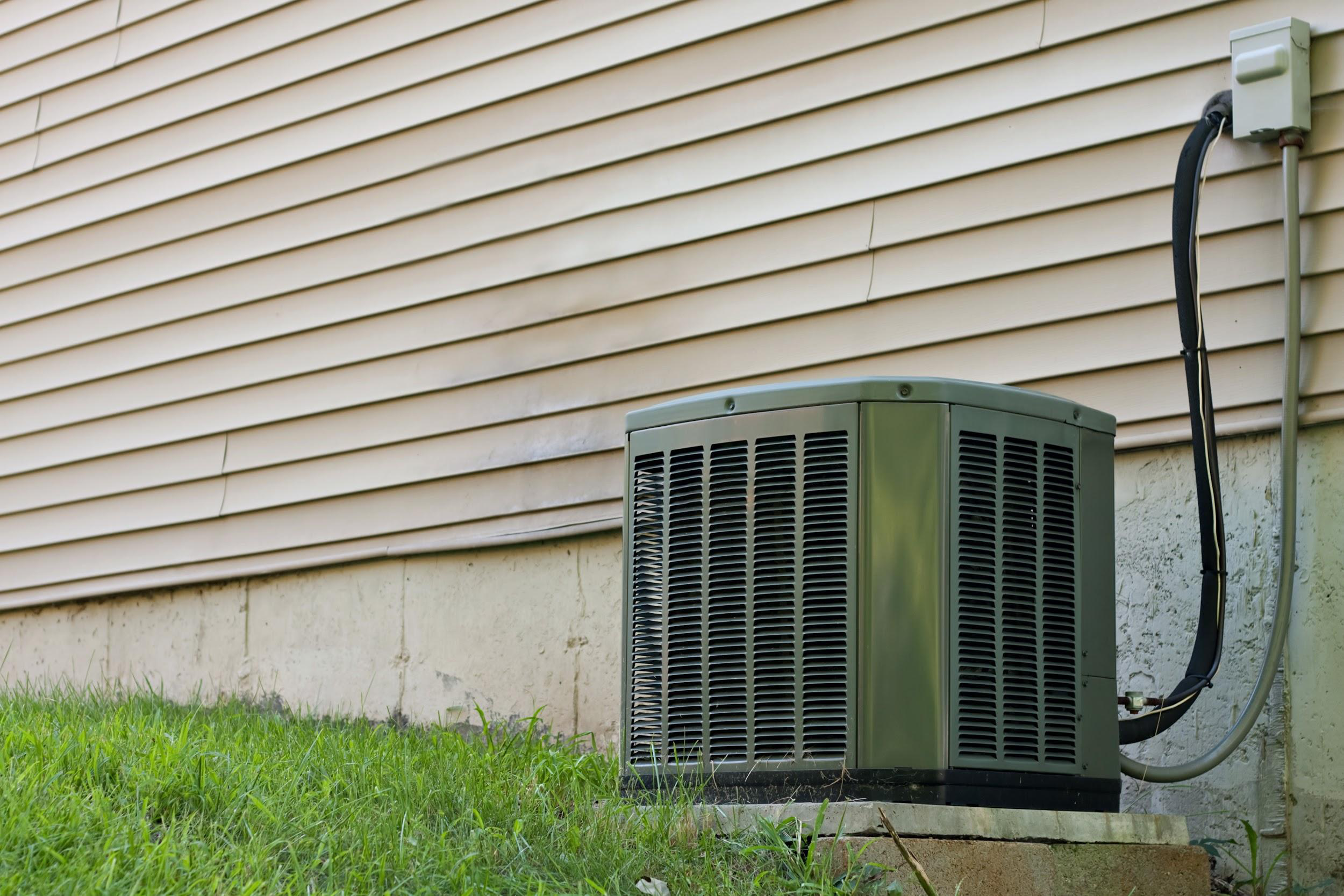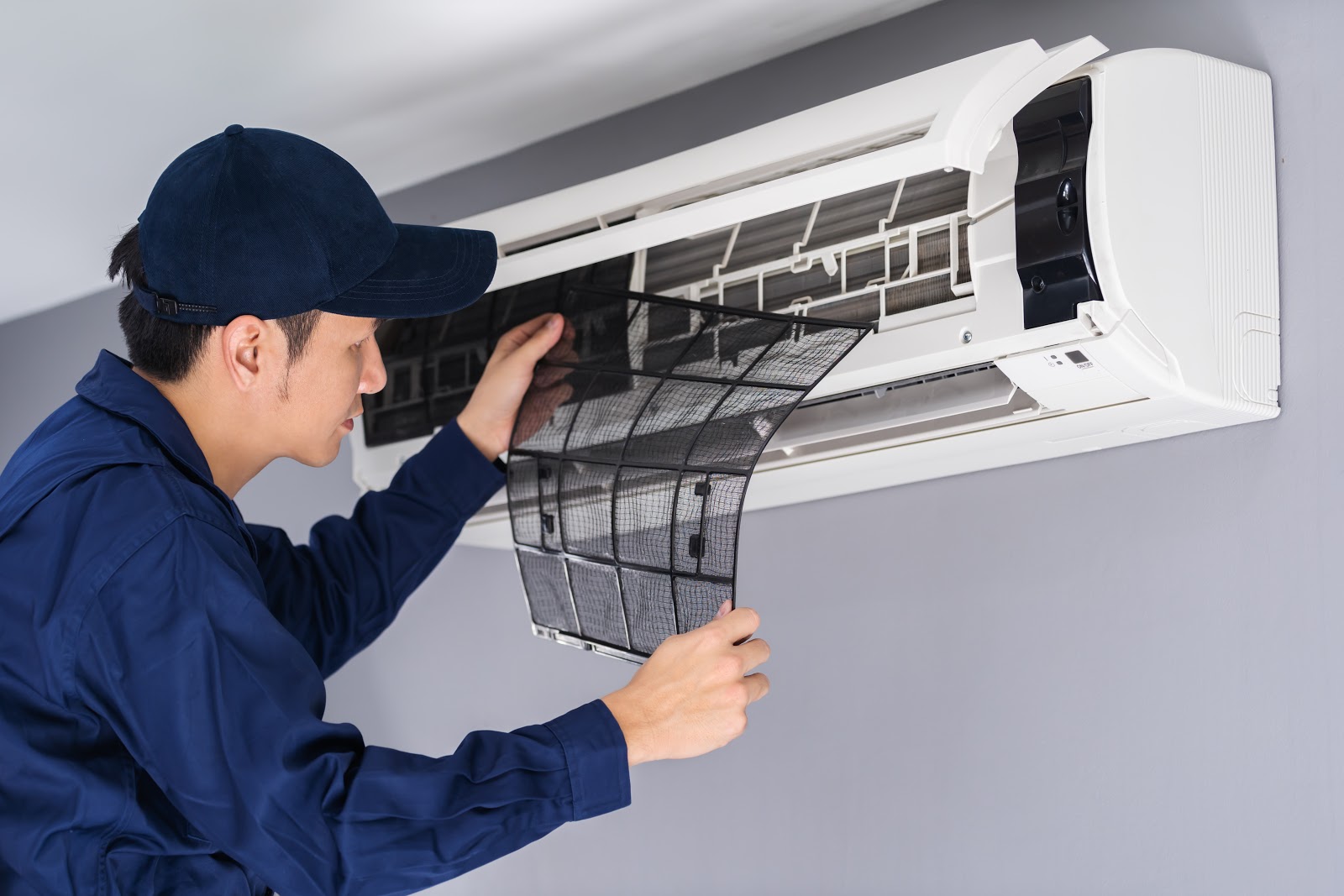In the vibrant city of Brisbane, where the climate ranges from balmy to subtropical, maintaining a comfortable indoor environment is crucial. This comprehensive guide delves into the world of HVAC in Brisbane, particularly focusing on commercial air conditioning systems. It offers invaluable insights into how businesses and establishments can effectively manage indoor humidity, ensuring a pleasant atmosphere for clients and staff alike.
The article explores he significance of commercial air conditioning installation in Brisbane’s unique climate. It outlines how the right air conditioning system not only regulates temperature but also plays a pivotal role in controlling humidity levels. This balance is essential for creating a comfortable and healthful indoor environment. We also look at the importance of choosing the right HVAC service provider, highlighting how expert installation and advice can make a substantial difference in the system’s efficiency and longevity.
We also look to HVAC maintenance, a critical aspect often overlooked in the commercial sector. Regular maintenance is vital for any HVAC system’s optimal performance, especially in managing humidity. The article provides practical tips and strategies for maintaining commercial air conditioning units, ensuring they operate at peak efficiency. This section is particularly beneficial for business owners and facility managers in Brisbane seeking to enhance their indoor air quality and comfort levels.
Difference Between the Two
Temperature is a measure of heat, while humidity is a measure of water vapor in the air.
We measure temperature in Celsius (°C), and humidity is expressed as a percentage (%).
The higher the humidity, the harder it is for our sweat to evaporate, so we feel hotter and experience discomfort. Therefore, areas with the same temperature but higher humidity seem hotter than areas with lower humidity.
High humidity air can also carry more odour molecules. That means that these rooms will be a fertile ground for unpleasant odours. And not only that, studies have shown that high temperature and humidity are directly related to a great number of influenza virus infections. That is only one of the reasons why you should use an air conditioning device that can help you control not only temperature but the amount of moisture in the air. If you are unsure if your air con provides this service, you can always call up one of our experts who can help you.
Humidity and Air Conditioning
Summer is when humidity and temperature are at their highest. Moisture in the air makes it harder for our bodies to sweat and cool as the air is already saturated with humidity.
Air conditioners can help dehumidify the air while simultaneously lowering the temperature. A problem might occur if the heat pump of the device is too big which makes it turn on and off in small cycles. This small cycling phenomenon will cool down the area fast, but the cycles will not be long enough to remove the moisture from the room. This is something you should pay special attention to if you live in an area with a high percentage of humidity.
A handy tip on Kidspot has found that if you find the dry feature on your air conditioner remote, it will reduce the humidity. Apparently, it results in the compressor running at a lower speed which also means your electricity costs will be lower!
What are Good Levels of Humidity?
Humidity levels that create discomfort may vary from person to person.
Make sure you keep an eye out on infants and the elderly or people who suffer from asthma or eczema because the humidity can cause skin irritation.
According to the National Asthma Council Australia, a comfortable relative humidity percent for indoors is 30-50%. Any value higher than that can lead to health issues and home damage. In some areas, such as libraries or archives, moisture level should be even lower to prevent the paper from deteriorating.
To reduce the amount of moisture in the air, set the fan mode on your air conditioner to automatic. If you are planning to buy a new device, you can also purchase an air conditioner with a variable-speed air handler to adjust the amount of humidity, otherwise you can use a smart thermostat to adjust humidity levels. Make sure the air conditioner is not too big or too small for the area that needs to be cooled down or dehumidified. These devices will either increase your electricity bill, or they will not operate at an optimum level.
Moisture Can Lead to Damage

High humidity levels in your home can do great damage to the walls, furniture, and other objects. Humidity may also cause rust in the long run on your water pipes, HVAC systems or other mechanical hardware. Moisture can also cause dust mite to appear in your bed, pillows, and mattresses.
Wallpapers might get soaked and start to peel, while condensation on the windows may cause frames to start rotting.
However, if the air is too dry, it can cause skin irritation an itchy throat and eyes. When it comes to negative effects on your homes, wooden floors might start cracking, and glued surfaces can begin to fall off. If you ever experienced static electricity when you touch something in your home, that may have been a result of the air being too dry.
Mould and Mildew

High levels of moisture in the air may cause mould and mildew to start growing on the walls, especially in corners. It not only looks awful, but it can also have severe negative effects on your health.
Mould can cause respiratory infections, allergy attacks, or asthma. This is why your commercial space needs to have efficient enough ventilation to help mitigate the risk of these harmful micro-organisms growing. The Australian Building Codes Board have created guidelines for all businesses to follow to ensure healthy indoor air quality. A big factor in these regulations is the elimination of high levels of humidity.
Staying in a mouldy environment can also trigger skin and eye irritation, coughing, wheezing, or stuffy nose. If a person is allergic to mould, effects can be life-threatening. Individuals with obstructive lung disease are particularly vulnerable to infections triggered by mould and mildew.
The Bottom Line
If the humidity level in your home is higher than 50%, you have probably experienced symptoms such as coughing, respiratory infection, allergies or a stuffy nose. Mould can also start growing on your walls, wallpapers might start to peel, or windows frames may begin rotting..
To prevent this from happening, you can invest in an air conditioning unit that will make the air dry or purchase an air dehumidifier. If you want to stop mould from spreading, you should also make sure to vent the kitchen and bathroom and fix any leaks in the roof or pipes, and clean the house on a regular basis.





